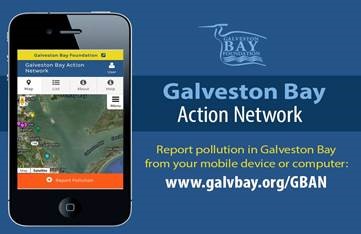Rain gardens offer a landscaping technique that can be applied to a variety of situations whether it is a commercial, public or residential setting. They are designed to capture runoff from impervious surfaces such as compacted lawns, roofs, sidewalks, streets or parking lots. The water is allowed to slow down, become filtered, and is absorbed into the soil, recharging ground water. The design is typically a bowl shaped garden, excavated slightly, and the soil amended with sharp sand and compost. Water is directed from a surface, like a roof, and pools for a short time. Any excess runoff enters the storm drain system, but is cleaned of 80% of contaminates. Because rain gardens are composed of native plants, they also attract wildlife such as birds and butterflies, providing a beautiful and functional addition to any landscape.
A rain garden is simply a depression in the ground filled with plants intended to collect rain water from a building and its associated landscape. The depression slows and catches water, allowing it to soak into the ground, utilizing the natural filtration properties of soil to clean the water. Rain gardens are sort of mini-wetlands and many of the same biological and chemical processes that occur in wetlands also take place in a rain garden, just on a smaller scale.
Rain gardens are gardens first; they should be pleasing to the eye and will of course have the basic maintenance requirements of any flower bed, but they offer the added benefit of improving water quality.
A Rain Garden for the Dickinson Public Library
The new 1,000 square foot rain garden installed at the Dickinson Public Library (located on Highway 3 just south of FM 517 in Dickinson) was planted by volunteers and Texas Coastal Watershed Program staff. Funding for this project was provided by grants from the Texas Commission on Environmental Quality through their 319(h) grant program and the Galveston Bay Estuary Program.
In-kind donations provided by: City of Dickinson, Keep Dickinson Beautiful, Asakura-Robinson Company, The Ground Up, and Hamilton Sunshades.
Links of Interest:
Rain Garden Fact Sheet
Native Plants for Rain Gardens by the Native Plant Society of Texas (pdf link)
Rain Garden Plant List
Raingardens.org
Rain Garden Network
Rain Garden Alliance
Harris County Master Gardener Rain Garden Fact Sheet
The Oregon Rain Garden Guide




